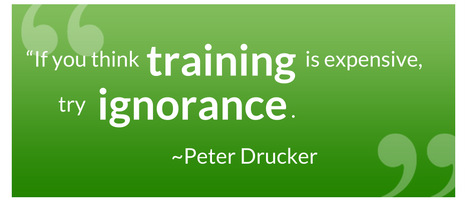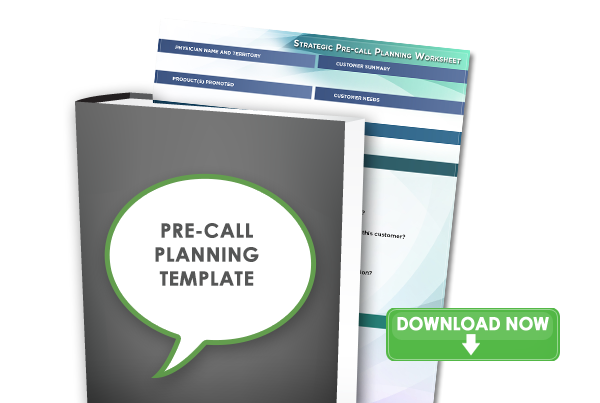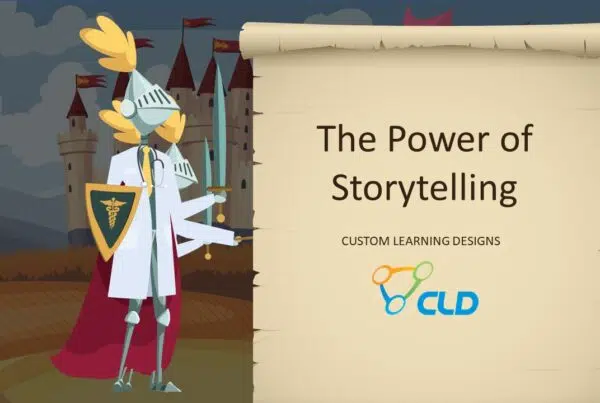I’m sure that every time you have a training request the first thing you do is a training needs assessment (or analysis). Ok – stop laughing! I get it, that doesn’t often happen in the real world. There are a lot of reasons you may not do a TNA including lack of time, lack of resources, and the all too familiar lack of need, because you as the one requesting the training already knows what is needed. Actually, none of those are good enough reasons not to do some kind of TNA.
1. What exactly is a training needs assessment?
A training needs assessment is basically a skills gap analysis. The goal is to find out the “current state” or what people are/are not doing now and identify a “desired state”; what you want them to stop doing, do differently, or start doing. The difference between the two states is the “gap”. Training should be designed and developed to address the gap.
2. Why do a training needs assessment?
It doesn’t make sense to create a training solution when you don’t actually know what the problem is. Creating training is an investment and you want to see results. But if you don’t know what the gap really is, your training could be missing the mark. Spending the time to do a TNA could save money, time, and resources. It allows you to ensure that the training you develop addresses the appropriate needs.
3. What is the cost of NOT doing a training needs assessment?
There are a ton of reasons why you can’t do some kind of TNA and they are all valid, but as the quote at the beginning of the post indicates, ignorance can be costly. There are actually costs (tangible and intangible) associated with the cost of NOTdoing a TNA. These are just some to consider:
- Wasted budget, time, and personnel resources
- Training participants on the wrong things (train on the symptoms not the causes)
- Training the wrong people
- Creating frustration and resentment among the people being trained
- The impact of training is difficult to evaluate
- Losing the confidence of upper management and your own department in your ability to hit the mark
4. What are some methods used to gather information for training needs assessment?
There are many methods to gather information for a TNA. Just a few of them are:
INTERVIEWS:
These involve talking with individuals to discuss what possible problems and issues exist. Interviews can be formal or informal but always involve asking specific questions to gather insights. In the pharmaceutical industry this is the most common method of rapid TNA that we use. Asking questions allows for at least a cursory TNA and is the minimal thing you should try to do before developing training. Some of the advantages are that in an interview there is the potential for additional or follow up on questions if needed. People may be more likely to speak openly in one-on-one interviews versus groups where peers can hear their comments. Some challenges with interviews are that they can be difficult to schedule, may be time consuming, and people may say what they think you want them to.
OBSERVATIONS:
Observations, such as ride-alongs are another method of TNA that is used in the pharmaceutical industry. Observing sales representatives before, during, and after calls can provide information about where gaps in knowledge and/or skills exist. An advantage of observation is that the information is real world; however a challenge with this method is that it is human nature to behave differently and perform at a higher level when someone knows they are being observed.
SURVEYS and QUESTIONNAIRES:
Surveys ask about opinions or experiences while questionnaires have questions with answers to select from. Both of these are relatively inexpensive to implement, can collect data from a large number of people, and allow data to be summarized. However, these tools only provide information related to the questions asked and some people may fear retribution for honest responses if they are not anonymous.
5. Training needs assessment questions to ask
The following are some examples of questions you would want to ask in a TNA.
- What is the performance problem or issue you are facing?
- What are the symptoms that led you to believe this was a problem?
- What current business needs or strategies are being affected or are perhaps caused by the problem?
- What is going on in the external environment that is related to this problem? (i.e. competition, new regulations, etc.)
- Who are the participants to be trained? Describe their age, gender, attitude, education, experience, etc.
- What is the tenure of the participants?
- Why do you think this is a training issue?
- What does ideal performance (the desired state) look like? What does current performance look like?
- Is anyone performing those skills correctly/perfectly now? How many people versus how many are not?
- What specifically should people be doing differently?
- What should they stop, start, or keep doing?
- Have they ever been able to do it in the past?
- What organizational factors might be playing a role?
- What training exists already? And what training have participants already had?
- What if you don’t train them? What’s the worst that can happen?
- How will training need to tie to business goals?
- What resources are available to help with this training? (budget, staff, etc.)
- What constraints are on this training? (date, length, virtual or live, etc.)
- Who are the stakeholders that will have input and at what point will they become involved?
- What’s the life expectancy of this training? It is a one-time use or longer?
- How will the training be reinforced after it’s over?
- How will you know when the problem has been addressed? What do you want to see change/done differently?
- How will you measure the effectiveness of the training?
Hopefully this information will make you think about the value of doing a TNA. For assistance in conducting a TNA contact us.






